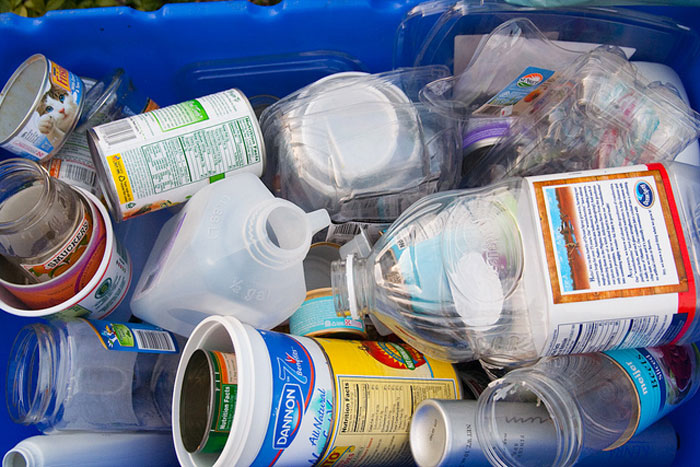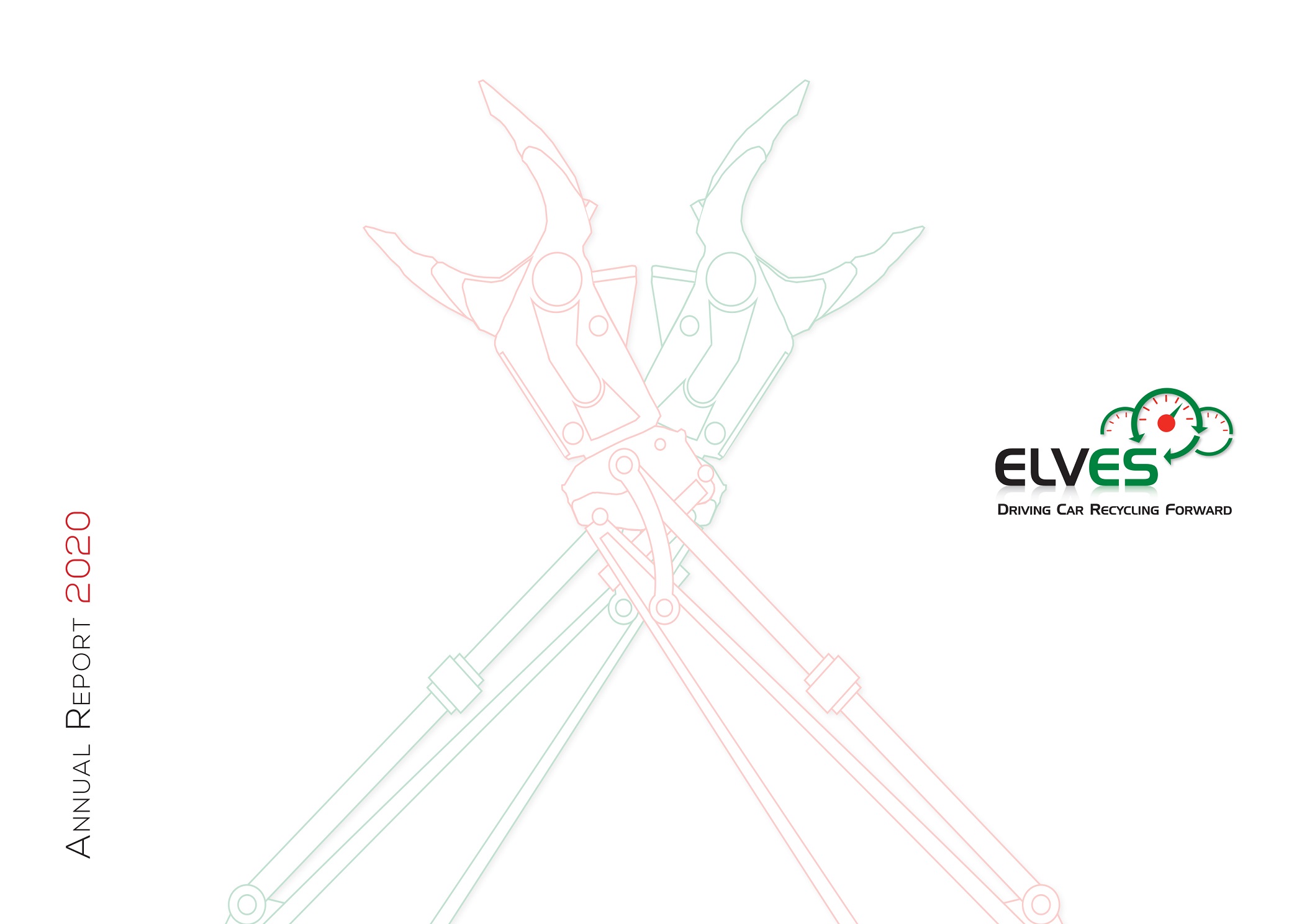- Ireland generated over 1.1 million tonnes of packaging waste in 2019, an increase of 11 per cent on 2018 and the third year in a row it has exceeded one million tonnes.
- Largest increases were seen in the generation of plastic and paper/cardboard packaging waste.
- Less than one third (28 per cent) of Ireland’s plastic packaging waste was recycled in 2019, with almost all remaining plastic packaging being sent for incineration.
- The share of plastic packaging waste incinerated for energy recovery has grown year on year from 44 per cent in 2017 to 69 per cent in 2019.
- We need to rethink how we make, transport and use products, cutting down on unnecessary packaging and maximising reuse and recycling.
- The reintroduction of soft plastics to Ireland’s recycling list and the forthcoming deposit return scheme for plastic drinks bottles and aluminium cans are positive steps towards increasing Ireland’s collection of packaging waste for recycling.
The EPA has today published its latest figures on packaging waste in Ireland. They indicate that Ireland generated over 1.1 million tonnes of packaging waste in 2019, up 11 per cent on 2018. This is the third year in a row that packaging waste in Ireland has exceeded one million tonnes. Most of this consisted of plastic and paper/cardboard, with smaller amounts of glass, wood and metal packaging. Almost all plastic and paper/cardboard, and most metal packaging waste, was sent abroad for recycling.
The data show that while Ireland continued to meet all current EU targets and achieved high recycling rates in some packaging material streams, in particular glass, paper/cardboard and wood, we are seeing negative trends continue in other areas. Less than a third (28 per cent) of Ireland’s plastic packaging waste was recycled in 2019, while the share of plastic packaging that Ireland incinerates has grown year-on-year and now stands at 69 per cent.
The data indicate the increase in plastic packaging recycled is offset by an even greater increase in the amounts of packaging waste being generated and incinerated and, as a result, Ireland’s recycling rates have shown a generally declining trend since 2013.
Commenting on the figures, Sharon Finegan, Director of the EPA’s Office of Environmental Sustainability, said:
“The latest EPA data highlight the need for Ireland to implement measures at policy, industry and individual level to halt the rise in packaging waste. Businesses need to place less packaging on the market. We need to rethink how we make, transport and use products and move to a system where unnecessary packaging is avoided and any remaining packaging is designed either for re-use or recycling. Policy commitments to support this shift such as those outlined in Ireland’s Waste Action Plan for a Circular Economy need to be implemented without delay”.
The data also shows opportunities for improvement as many readily recyclable plastic items, such as drinks bottles, are still being put in the general waste bin and then end up being incinerated instead of recycled.
EPA Senior Scientist Dr Tara Higgins noted:
“In 2019, over 13,000 tonnes of aluminium packaging and nearly 39,000 tonnes of recyclable plastic were sent for incineration. Improving how we separate waste at home, in businesses and on-the-go can have a big impact on Ireland’s recycling rate. Allowing soft plastics such as films and wraps into our recycling bins and new deposit-return schemes are positive actions that are now being rolled out to support an increase in the capture of high quality material for recycling into new products”.
Reversing these trends requires action, including:
- implementation of the Waste Action Plan and forthcoming Circular Economy Strategy;
- targeted measures to phase out difficult to recycle packaging, including implementation and enforcement of bans and restrictions on certain single use plastics;
- implementation of eco design
improved waste segregation and collection systems such as deposit return schemes, and
a broader list of materials that are accepted for recycling by waste operators, building on the recent acceptance of soft plastics in recycling bins.
Further information on the latest packaging data for Ireland and associated infographic is available on the EPA website.
The EPA compiles official statistics on waste generation and treatment in Ireland. These are used for reporting on Ireland’s performance in meeting its legal obligations, for policy and waste management planning purposes and to inform the general public. Data are compiled through surveys of waste operators and administrative data sources, in cooperation with other public authorities.
Key data:
- Ireland generated 1,124,917 tonnes of packaging waste in 2019, an increase of 112,209 tonnes (11 per cent) on 2018. Plastic and paper/cardboard showed the largest increases.
- Approximately 229 kg of waste packaging was generated per person in 2019.
- This included 96 kg of paper and cardboard, 65 kg of plastic, 33 kg of glass, 19 kg of wood and 13 kg of metal packaging per person.
- In 2019, 62 per cent of waste packaging was recycled, exceeding the current EU target (55 per cent). However, this is down from 64 per cent in 2018, and continues a decline in recycling rates seen in recent years. The future recycling targets that will apply from 2025 (65 per cent) and 2030 (70 per cent) will be more challenging for Ireland.
- In 2019, plastic was the second most common packaging type after paper and cardboard.
- Of the 319,082 tonnes of plastic packaging waste generated in Ireland in 2019, only 28 per cent was recycled.
- While Ireland exceeded the current EU target for plastic packaging recycling of 22.5%, new targets will apply from 2025 (50 per cent) and 2030 (55 per cent), which will be extremely challenging for Ireland.
- Two-and-a-half times more plastic packaging waste was sent for energy recovery than was recycled in 2019. The share of plastic packaging waste incinerated for energy recovery has grown year on year from 44 per cent in 2017 to 69 per cent in 2019, contributing an estimated 350,110 tonnes of CO2 to the atmosphere in 2019.
- Ireland achieved much higher recycling rates for other packaging types: glass (84 per cent), paper & cardboard (79 per cent), wood (79 per cent) and metal (69 per cent). Based on these figures, Ireland is already on track to meet new EU recycling targets for 2025 and 2030 for glass, wood and ferrous metal, while improvements will be needed to meet the 2030 targets for aluminium and paper/cardboard.
- Of the 1.1 million tonnes of packaging waste generated in Ireland in 2019, just 182,321 tonnes (16 per cent) was recycled in Ireland, mainly glass and wood. Almost all plastic and paper/cardboard, and most metal packaging waste, was sent abroad for recycling.
Recycling means any recovery operation by which waste materials are reprocessed into products, materials or substances whether for the original or other purposes. It includes the reprocessing of organic material but does not include energy recovery and the reprocessing into materials that are to be used as fuels or for backfilling operations.
Recovery means any operation the principal result of which is waste serving a useful purpose by replacing other materials which would otherwise have been used to fulfil that function, or waste being prepared to fulfil that function, in the plant or in the wider economy. Annex II of the Waste Framework Directive (2008/98/EC) sets out a non-exhaustive list of recovery operations, which include material recovery (i.e. recycling), energy recovery (i.e. use a fuel other than in direct incineration, or other means to generate energy) and biological recovery (e.g. composting).
Circular economy: A circular economy is one where materials, including packaging, are recirculated and used again and again, and waste is minimised. To facilitate the move to a more circular economy, the European Commission put forward a Circular Economy Package in December 2015, which includes revised legislative proposals on waste, as well as a comprehensive Action Plan. The Irish Government published a new national waste policy, A Waste Action Plan for a Circular Economy, in September 2021.
Waste Characterisation Study: In 2018 the EPA completed a characterisation study of municipal waste, providing an updated view of what is in our household and commercial recycling and general waste bins. The outputs of this study were used in compiling the 2019 packaging waste statistics presented here. The study outputs can be found on the EPA website.


